- News
- Reviews
- Bikes
- Accessories
- Accessories - misc
- Computer mounts
- Bags
- Bar ends
- Bike bags & cases
- Bottle cages
- Bottles
- Cameras
- Car racks
- Child seats
- Computers
- Glasses
- GPS units
- Helmets
- Lights - front
- Lights - rear
- Lights - sets
- Locks
- Mirrors
- Mudguards
- Racks
- Pumps & CO2 inflators
- Puncture kits
- Reflectives
- Smart watches
- Stands and racks
- Trailers
- Clothing
- Components
- Bar tape & grips
- Bottom brackets
- Brake & gear cables
- Brake & STI levers
- Brake pads & spares
- Brakes
- Cassettes & freewheels
- Chains
- Chainsets & chainrings
- Derailleurs - front
- Derailleurs - rear
- Forks
- Gear levers & shifters
- Groupsets
- Handlebars & extensions
- Headsets
- Hubs
- Inner tubes
- Pedals
- Quick releases & skewers
- Saddles
- Seatposts
- Stems
- Wheels
- Tyres
- Health, fitness and nutrition
- Tools and workshop
- Miscellaneous
- Cross country mountain bikes
- Tubeless valves
- Buyers Guides
- Features
- Forum
- Recommends
- Podcast
review
£2,099.99
VERDICT:
Fast and fun aero bike that delivers huge levels of performance at a competitive price
Excellent handling
Plenty of stiffness where it's needed
A 105 chainset would give a more complete look to the groupset
Weight:
9,020g
Contact:
At road.cc every product is thoroughly tested for as long as it takes to get a proper insight into how well it works. Our reviewers are experienced cyclists that we trust to be objective. While we strive to ensure that opinions expressed are backed up by facts, reviews are by their nature an informed opinion, not a definitive verdict. We don't intentionally try to break anything (except locks) but we do try to look for weak points in any design. The overall score is not just an average of the other scores: it reflects both a product's function and value – with value determined by how a product compares with items of similar spec, quality, and price.
What the road.cc scores meanGood scores are more common than bad, because fortunately good products are more common than bad.
- Exceptional
- Excellent
- Very Good
- Good
- Quite good
- Average
- Not so good
- Poor
- Bad
- Appalling
Delivering the aerodynamics, awesome handling and stiffness of the top-level STC, this Venturi Evo 105 model gives a more affordable route into Orro ownership. It's certainly a lot of bike for the money.
> Find your nearest dealer here
STC versus Evo
Back at the beginning of the year I rode the STC version of the Venturi, pictured below, and it was, quite simply, brilliant. Not many bikes I've ridden over the years have done such an excellent job of balancing stiffness and comfort.
The main difference between the Venturi STC and the Venturi Evo is the carbon fibre used in their construction. They follow the same design, share the same geometry but the STC is manufactured from spread tow carbon (which means that the carbon fibre is arranged in flat, wide tapes; think of it as ribbons that are woven together) while the Evo uses three different grades of uni-directional carbon fibre.
This means that the STC and Evo have slightly different characteristics, but it's much more subtle than I was expecting.
Ride
One of the biggest things that made the Venturi STC stand out for me was the ride quality. It was sublime, taking out much of the road vibration without sacrificing power transfer or feedback to the rider. The Evo isn't quite as supple, doesn't quite take the edge off like the top of the range model.
Not that it's uncomfortable – absolutely not! – it's just not quite as plush as the STC.
In fact, against many other similar bikes that use the same carbon fibre, it is flippin' good. For instance, the Orro delivers a much better ride quality than the similarly designed Fuji Transonic 2.5 that I finished riding a matter of days before picking up the Venturi Evo.
The Venturi has a race bike feel to it in terms of how it responds to power input. It's a proper point-and-shoot kind of bike that repays you for riding it hard. Point it at a hill and get out of the saddle and you aren't going to be faced with any flex around the bottom bracket area or the huge down tube section.
It's the same when it comes to sprinting. Out-of-the-saddle efforts while yanking on the bar sees this thing fly down the road – it really is great for just getting out for a blast.
The geometry is just backed off a bit from a full-on racer, especially at the front end with a slightly slacker head angle of 72.2 degrees which keeps the handling just the fun side of twitchy. This medium model gets a head tube of just 142mm in height, so you still get a low-slung position for high-speed work.
On fast descents the handling comes into play, giving a secure feeling of confidence as you bank the bike over from one side to the other for tight corners – even the off-camber right-hander that I use on my favourite test hill couldn't fluster it.
The 988.2mm wheelbase makes it quite a short bike by disc brake standards, which means that it feels nimble and agile through the corners without ever feeling anywhere near out of control.
If long rides are your thing then the Venturi copes just as well with these. As I said, the Evo is a comfortable bike and thanks to the handling being so well sorted you can crack along at speed for hours on end. Even when fatigue starts to kick in it doesn't become a handful.
Aerodynamics is one of the main focuses of the Venturi's design and it is noticeable out on the road once speeds get above 22-23mph. It comes with a set of 30mm-deep wheels which help, but when you add something deeper – around the 40mm to 50mm mark – it definitely improves things.
Frame and fork
Orro designs its own frames and has created its own moulds, so this is no off-the-shelf frameset. It's quite an investment, especially for such a small brand, but the benefits certainly show in the overall ride experience you get from the Venturi Evo.
The overall quality is excellent too, with smooth finishing to the carbon fibre around the headset and seatpost when inspecting inside the frame. It's all topped off with a first class paintjob, with both the black and silver colours getting a metallic finish that looks great in the sun.
As I mentioned earlier, the Evo uses three different grades of carbon, with fibres that all run in one direction. Differing grades of carbon deliver different properties and while Orro hasn't revealed exactly which material specs it's used, the three grades will have been used in various areas of the frame and fork to control stiffness and comfort levels.
It's done a very good job, too: it's very stiff where it needs to be, and not where it doesn't. The ride is firm but not harsh.
The elongated sort-of-hexagonal shape used for the down tube is huge, to increase stiffness while remaining narrow enough to not affect the aerodynamics from the front.
The use of a press-fit bottom bracket allows the shell to be wider to accommodate the increased size of the down tube without changing the q-factor (distance between the cranks) and allows for chunkier chainstays for improved power transfer.
For aerodynamics, Orro has cinched in the head tube and the Venturi comes with – and has been designed around – 28mm tyres, which it says provides a larger frontal area that makes a smoother transition between the frame, fork and wheels, improving the airflow and reducing drag.
You'll notice that both the down tube and seat tube have been designed to sit as close as possible to the profile of the tyres, too.
The Venturi also has an internal wedge style seat clamp which gives smooth, clean lines along with the full internal cable routing. The aero seatpost also helps matters too.
As you'd expect on a modern race bike, the Evo gets 12mm thru-axles front and rear and flat mount disc calliper mounts.
Groupset
The Venturi Evo is available in just one build based around the majority of a Shimano 105 R7000 groupset. I say majority as it comes with a non-series RS510 crankset, a bit of a shame as a 105 chainset would give a more complete look to the whole bike and scrub about 200g off the overall weight, as it doesn't use the same Hollowtech crank design.
Shifting isn't compromised, though, as the chain skips easily and precisely between the 52-tooth and 36-tooth chainrings whenever you ask it to.
At the back there is an 11-30t cassette which is a good spread of gears considering the performance nature of the Venturi.
Braking is taken care of by way of Shimano's 105 hydraulic system and it is very good indeed. Stopping is powerful and well modulated.
Orro, unlike many brands, has gone for 140mm diameter rotors front and back as opposed to 160mm, but I've never had any issues with using the smaller options on road bikes. The bike still comes to a stop quickly from high speed without fade on UK roads, although it might be different on long descents in mountainous regions.
Finishing kit
When it comes to the rest of the kit, it's exactly what I'd expect for the money.
FSA supplies the Compact handlebar in alloy, which works for all kinds of riding, and not having too deep a drop means the majority of riders will be able to get into a crouched race position to exploit the Venturi's aerodynamic design.
FSA also supplies the alloy stem which... does the job. There's not much else to say really.
I will compliment the Orro handlebar tape, though: plenty of tacky grip and just enough padding to damp road buzz without feeling bulky.
I'm a fan of Prologo saddles and got on perfectly well with the Kappa RS model. I prefer a short-nosed saddle, so I'd probably upgrade it if it was my Venturi, but the Kappa is spot on for the money.
Wheels and tyres
Wheel-wise, the Orro comes with a set of Vision Team 30 Discs with a 30mm deep-section rim. On the whole it's a decent wheelset for a multitude of riding disciplines. They are a little on the heavy side but roll well, and the fact that they aren't massively deep means there is no effect on the bike's handling in crosswinds.
When/if funds allow, though, going for something deeper and lighter really shows off the performance of the Venturi Evo. At the end of testing I had a set of Hunt 40/50 carbon aero wheels turn up which, when fitted, brought the weight down to 8.4kg and boosted performance on the flat and when climbing, while still keeping the price at a sensible level against much of the competition. More about that in a minute.
Orro has specced Continental's Grand Sport Race tyres which, like the wheels, are competent and durable. They suit the Orro well, offering decent grip levels and rolling resistance. I've ridden thousands of miles on these tyres over the years and they really are dependable.
Upgrade them when they wear out, but they aren't really doing the Venturi a disservice.
Value
The Evo comes in at £2,099.99. That is just £100 more expensive than the STC as a frameset only, which makes it decent value considering how close it comes to its big brother in terms of performance.
> Buyer’s Guide: 22 of the best and fastest aero road bikes
It performs well against other brands too. That Fuji I mentioned earlier costs £2,899.99 for a build that is very similar – Shimano 105, alloy wheels and the rest. It is a good 200g heavier than the Orro and, as I said earlier, can't compete on ride quality.
Another aero option is the Merida Reacto Disc 4000 which comes in at £2,000 so a little cheaper than the Orro and a touch lighter. It was a bike I enjoyed riding, but it doesn't offer the same sort of ride quality as the Venturi Evo.
Conclusion
Overall, my love of the Venturi STC hasn't been lost by the change of carbon fibre to create the Evo as it still behaves in the same way. The handling is excellent as is the stiffness plus you get the sensation of speed and fun every time you ride it. The Evo may not quite deliver the same levels of smoothness as the STC when it comes to reducing road buzz, but it is very, very close, and at a much more achievable price point.
More importantly, against other aero bikes in the same price range it delivers a very competitive ride quality, feel and spec.
Verdict
Fast and fun aero bike that delivers huge levels of performance at a competitive price
road.cc test report
Make and model: Orro Venturi Evo 105 2020
Size tested: Medium
About the bike
List the components used to build up the bike.
Orro lists:
Rear Derailleur: Shimano 105 7000
Front Derailleur: Shimano 105 7000
Cassette: Shimano 105 7000 11-30
Tyres: Continental Grand Sport Race 28c
Shifters: Shimano 105 7020 Hydraulic
Brake Calipers: Shimano 105 Disc 7000 Hydraulic
Handlebar: Deda Zero 1
Stem: Deda Zero 1
Saddle: Prologo Kappa RS
Seatpost: ORRO Carbon Aero
Wheelset: Vision Team 30
Fork: ORRO Venturi Evo
Frame: ORRO Venturi Evo
Chainset: Shimano RS510 52-36
Tell us what the bike is for and who it's aimed at. What do the manufacturers say about it? How does that compare to your own feelings about the bike?
Orro says, "New for 2020, our Venturi Evo bike takes all the design, features and incredible looks from our top of the range Venturi. Using the same geometry as our top Venturi STC, the Evo is made with our own custom layup of 3 different types of UD carbon to offer the perfect blend of stiffness and comfort, paired with the superb Shimano 105 groupset with hydraulic disc brakes.
"The Venturi Evo bike still maintains the top features of our Venturi with a hidden seat clamp, optimised for 28mm tyres and includes 12mm bolt-thru axles with our switch lever design. The Venturi Evo is an incredible all-round machine that wills you to go faster, and whether on your commute or local club run, it will turn heads in this fantastic gloss grey colour."
I think it delivers virtually all of the great attributes of the Venturi STC, with a competitive price tag.
Where does this model sit in the range? Tell us briefly about the cheaper options and the more expensive options
This is the only model in the range.
Frame and fork
Overall rating for frame and fork
9/10
Tell us about the build quality and finish of the frame and fork?
Excellent quality throughout and the paint job looks very impressive.
Tell us about the materials used in the frame and fork?
The frame and fork use uni-directional carbon fibre.
Tell us about the geometry of the frame and fork?
It is race orientated on the whole, although the slightly slacker than normal head tube angle means the steering sits the neutral side of twitchy.
Full details are available on Orro's website for all sizes.
How was the bike in terms of height and reach? How did it compare to other bikes of the same stated size?
The stack and reach figures are exactly what I'd expect for a race style bike, with the stack to reach ratio coming in at 1.41 on this medium model.
Riding the bike
Was the bike comfortable to ride? Tell us how you felt about the ride quality.
Orro has delivered a stiff bike without that transferring into a harsh ride.
Did the bike feel stiff in the right places? Did any part of the bike feel too stiff or too flexible?
No issues with stiffness at all. If you want it to respond to your input it just gets on with it.
How did the bike transfer power? Did it feel efficient?
Power transfer is excellent thanks to the oversized bottom half of the frame.
Was there any toe-clip overlap with the front wheel? If so was it a problem?
No, none.
How would you describe the steering? Was it lively neutral or unresponsive? It sits somewhere between lively and neutral.
Tell us some more about the handling. How did the bike feel overall? Did it do particular things well or badly?
You are getting near-race bike handling without the associated twitchiness.
Which components had the most effect (good or bad) on the bike's comfort? would you recommend any changes?
I was impressed with the quality of the Orro bar tape, and the Kappa RS saddle worked well for me too.
Which components had the most effect (good or bad) on the bike's stiffness? would you recommend any changes?
The wheels offered plenty of stiffness when really pushing the bike hard.
Which components had the most effect (good or bad) on the bike's efficiency? would you recommend any changes?
Lighter wheels really made a difference to the efficiency of the Venturi Evo.
Rate the bike for efficiency of power transfer:
9/10
Rate the bike for acceleration:
8/10
Rate the bike for sprinting:
8/10
Rate the bike for high speed stability:
10/10
Rate the bike for cruising speed stability:
9/10
Rate the bike for low speed stability:
9/10
Rate the bike for flat cornering:
9/10
Rate the bike for cornering on descents:
9/10
Rate the bike for climbing:
7/10
The drivetrain
Rate the drivetrain for performance:
8/10
Rate the drivetrain for durability:
8/10
Rate the drivetrain for weight:
7/10
Rate the drivetrain for value:
7/10
Tell us some more about the drivetrain. Anything you particularly did or didn't like? Any components which didn't work well together?
A good all-round selection of drivetrain components, although I would have liked a 105 series chainset for a complete look.
Wheels and tyres
Rate the wheels for performance:
7/10
Rate the wheels for durability:
7/10
Rate the wheels for weight:
7/10
Rate the wheels for comfort:
7/10
Rate the wheels for value:
7/10
Tell us some more about the wheels.Did they work well in the conditions you encountered? Would you change the wheels? If so what for?
A solid set of wheels that deal with most situations. In time I'd change them for something lighter and deeper to really exploit the Evo's performance and aerodynamics.
Rate the tyres for performance:
7/10
Rate the tyres for durability:
8/10
Rate the tyres for weight:
7/10
Rate the tyres for comfort:
7/10
Rate the tyres for value:
6/10
Tell us some more about the tyres. Did they work well in the conditions you encountered? Would you change the tyres? If so what for?
Just like the wheels, the Continentals are a good all-round choice for the majority of riding styles.
Controls
Rate the controls for performance:
7/10
Rate the controls for durability:
8/10
Rate the controls for weight:
7/10
Rate the controls for comfort:
8/10
Rate the controls for value:
7/10
Tell us some more about the controls. Any particularly good or bad components? How would the controls work for larger or smaller riders?
For the money the build list is spot on. It all does a good job and works well with the frameset.
Your summary
Did you enjoy riding the bike? Yes
Would you consider buying the bike? Yes
Would you recommend the bike to a friend? Yes
How does the price compare to that of similar bikes in the market, including ones recently tested on road.cc?
Considering the build spec and quality of the frame, it is reasonably priced. It's a little more expensive than the Merida I mention in the review, but you are getting a much better ride quality than that of the £800 more expensive Fuji.
Rate the bike overall for performance:
9/10
Rate the bike overall for value:
7/10
Use this box to explain your overall score
The Venturi Evo competes very well in terms of ride quality and performance against other aero bikes in its price range. It's very well made, and is finished with an excellent paint job.
About the tester
Age: 41
I usually ride: This month's test bike My best bike is: B'Twin Ultra CF draped in the latest bling test components
I've been riding for: Over 20 years I ride: Every day I would class myself as: Expert
I regularly do the following types of riding: time trialling, commuting, club rides, sportives, fixed/singlespeed,
Since writing his first bike review for road.cc back in early 2009 senior product reviewer Stu has tested more than a thousand pieces of kit, and hundreds of bikes.
With an HND in mechanical engineering and previous roles as a CNC programmer/machinist, draughtsman and development engineer (working in new product design) Stu understands what it takes to bring a product to market. A mix of that knowledge combined with his love of road and gravel cycling puts him in the ideal position to put the latest kit through its paces.
He first made the switch to road cycling in 1999, primarily for fitness, but it didn’t take long for his competitive side to take over which led to around ten years as a time triallist and some pretty decent results. These days though riding is more about escapism, keeping the weight off and just enjoying the fact that he gets to ride the latest technology as part of his day job.




















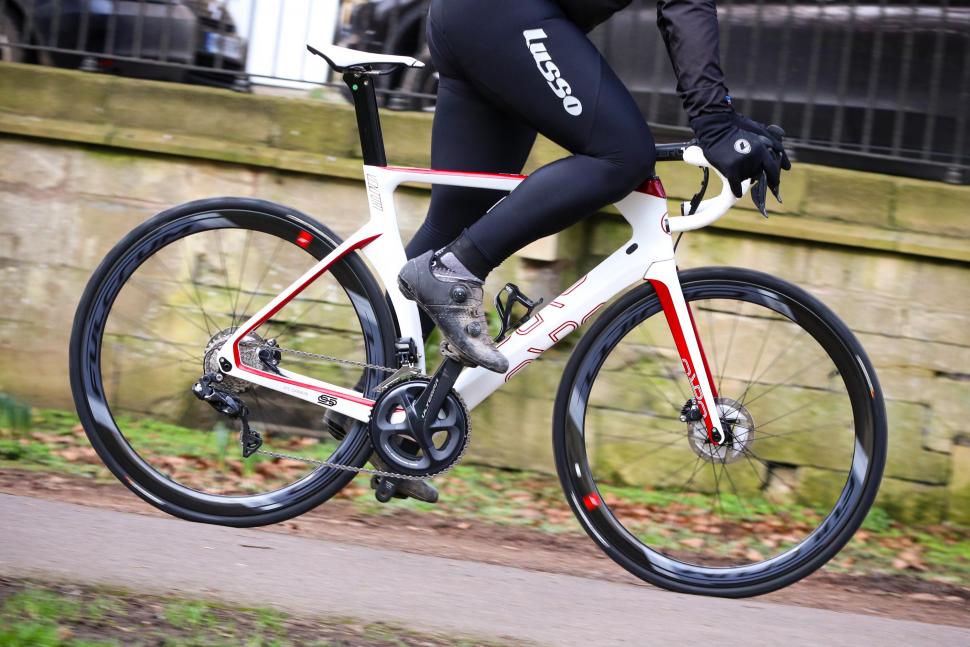
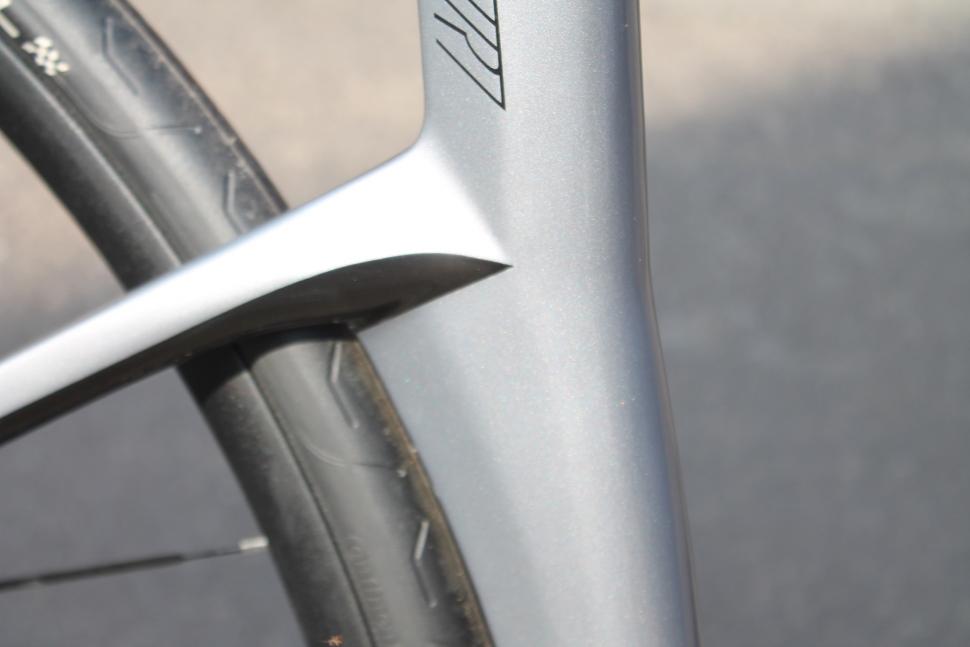

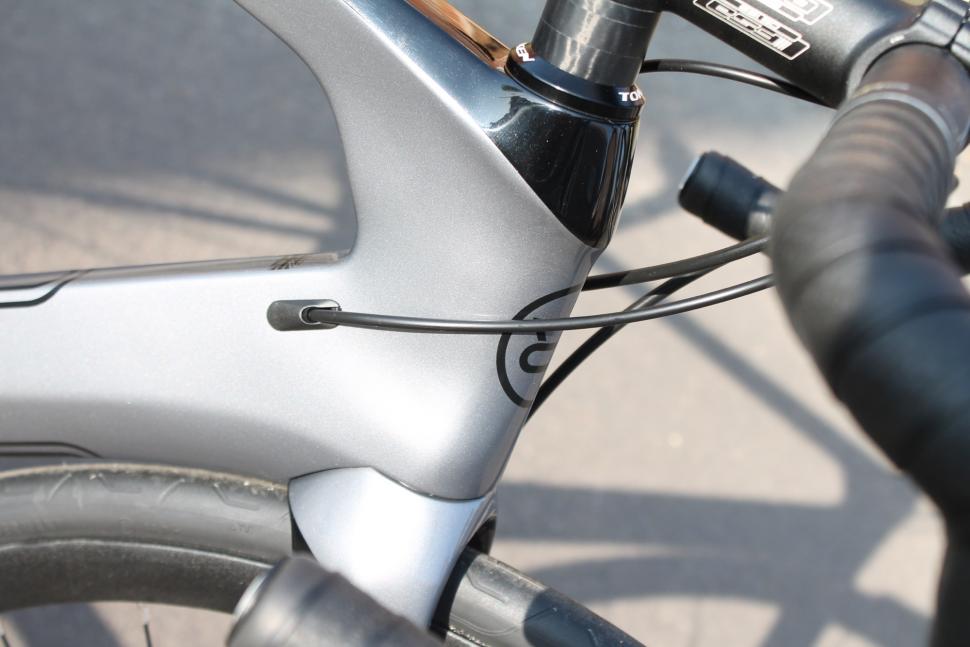
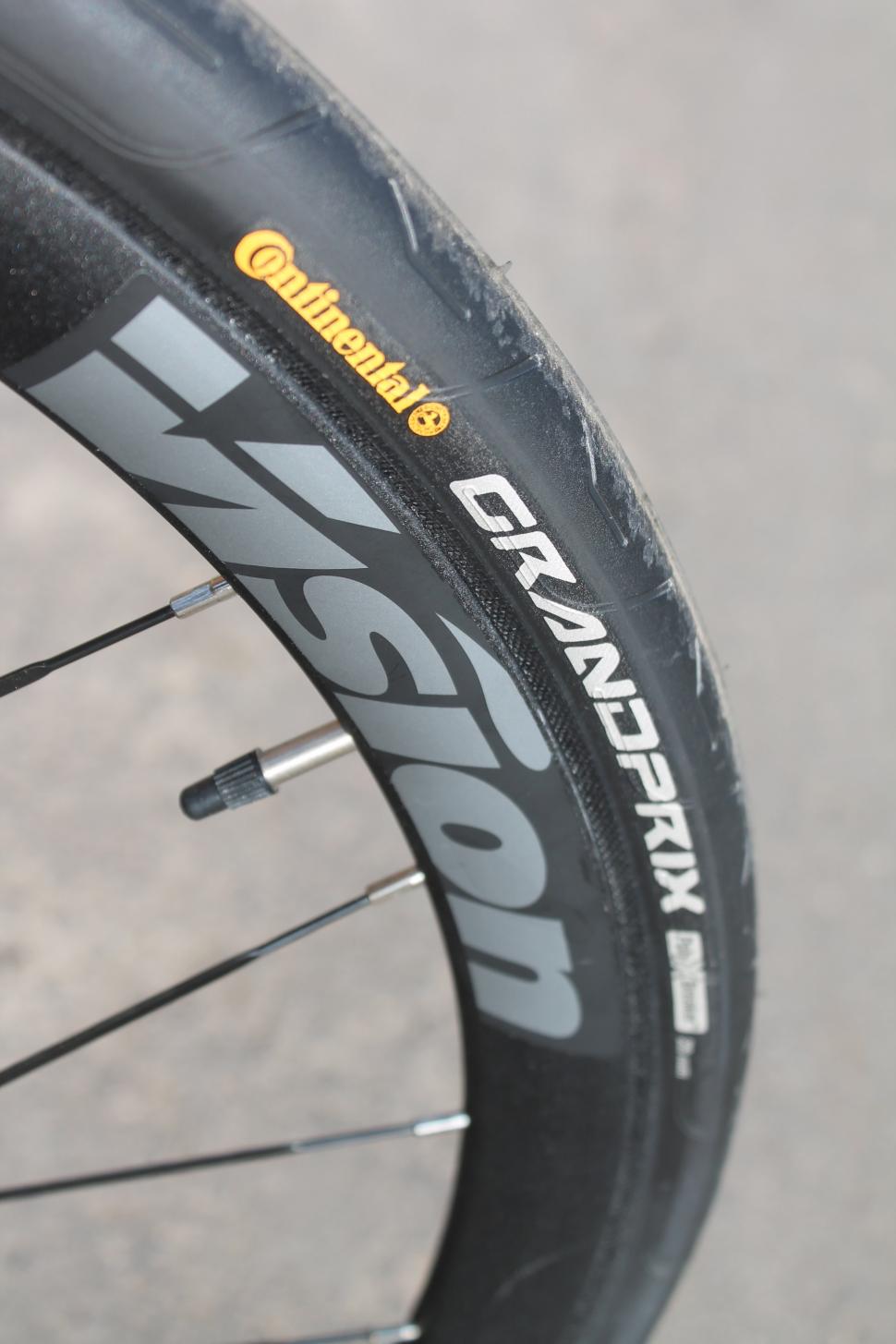
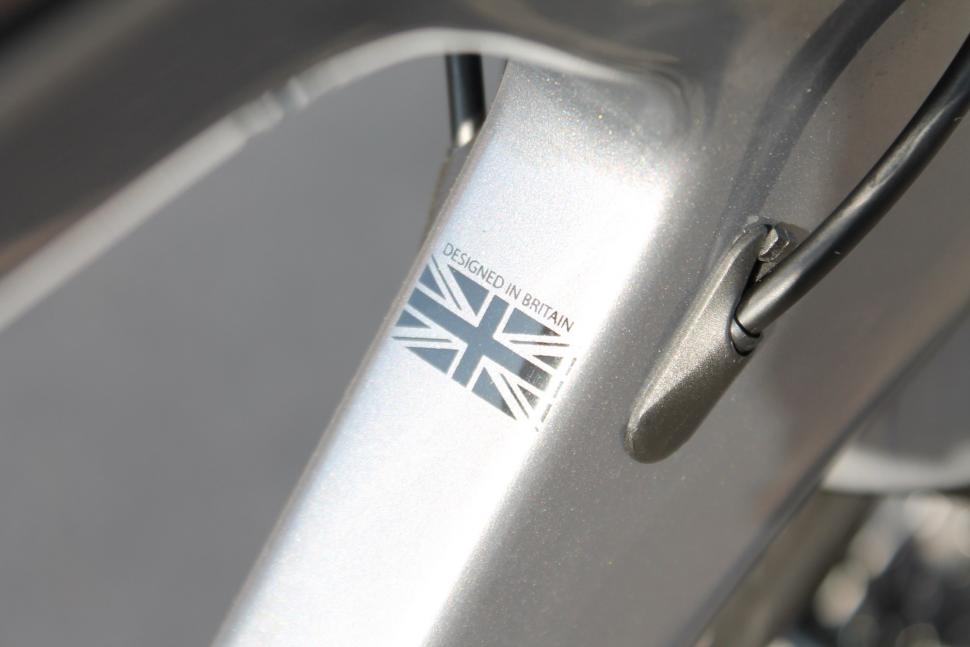
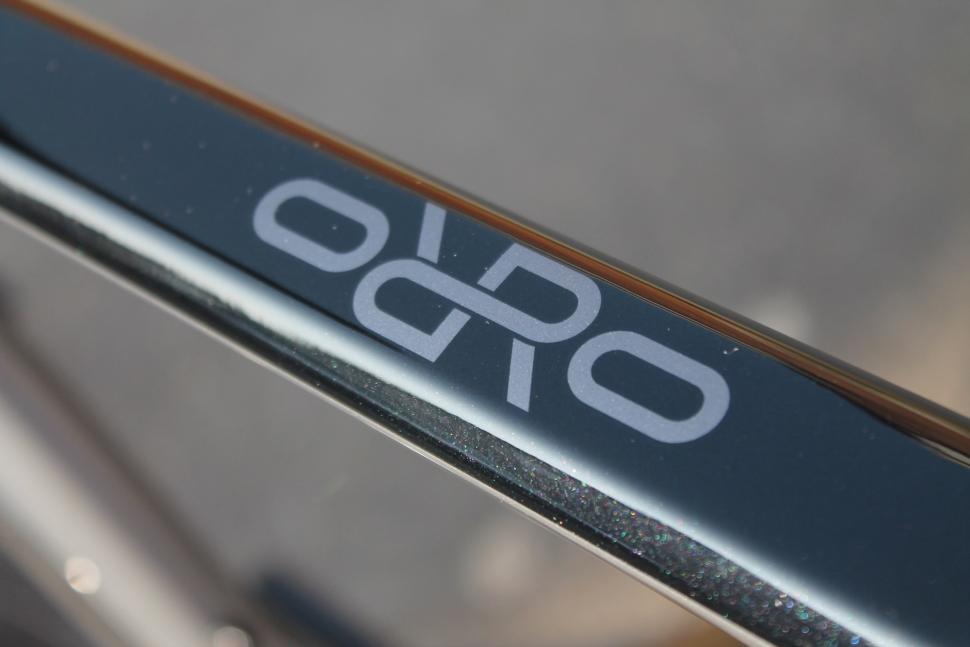

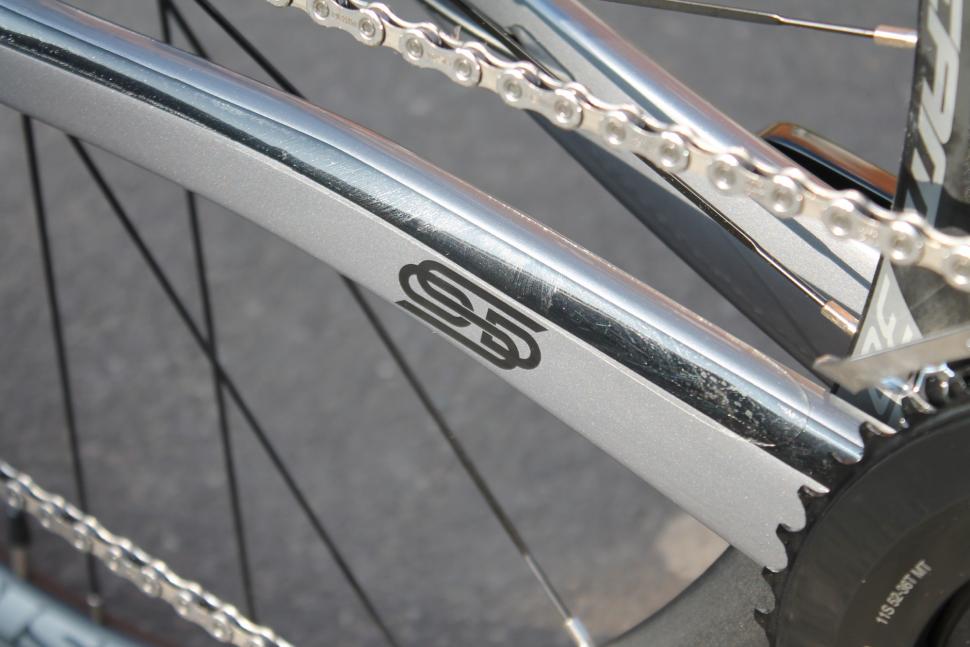
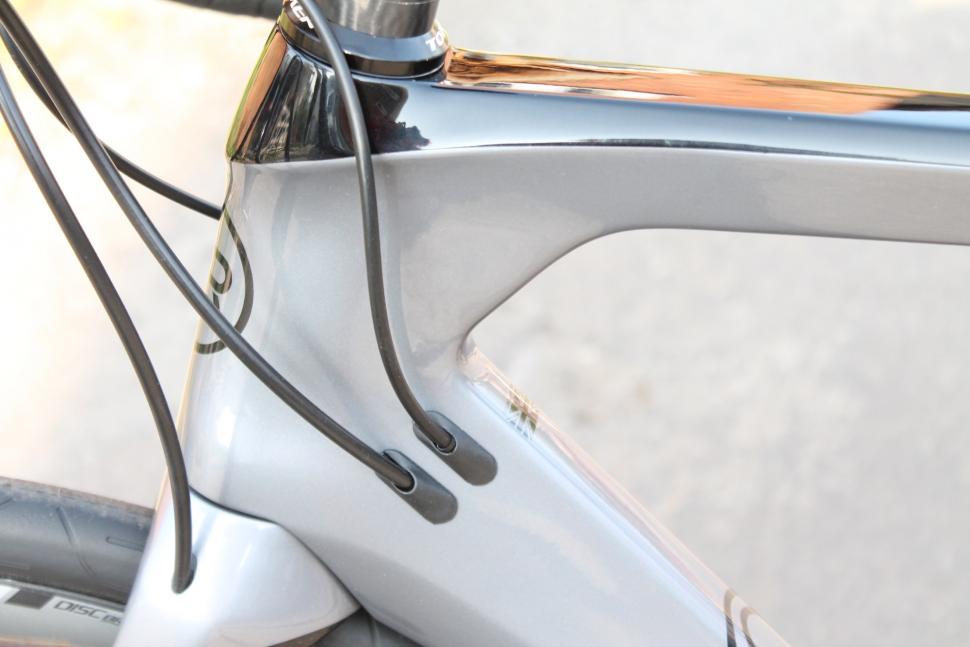

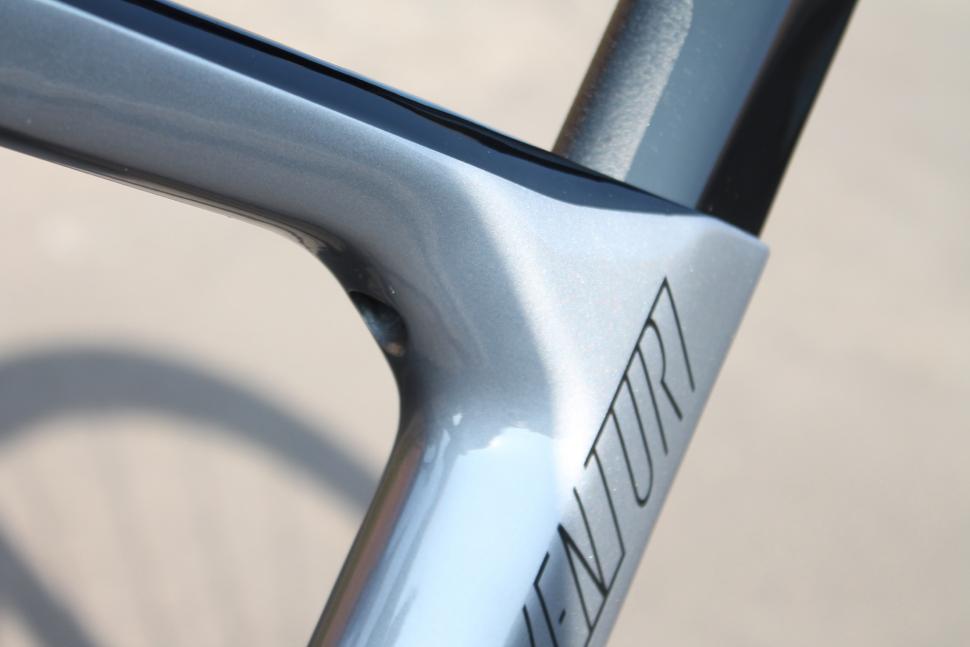

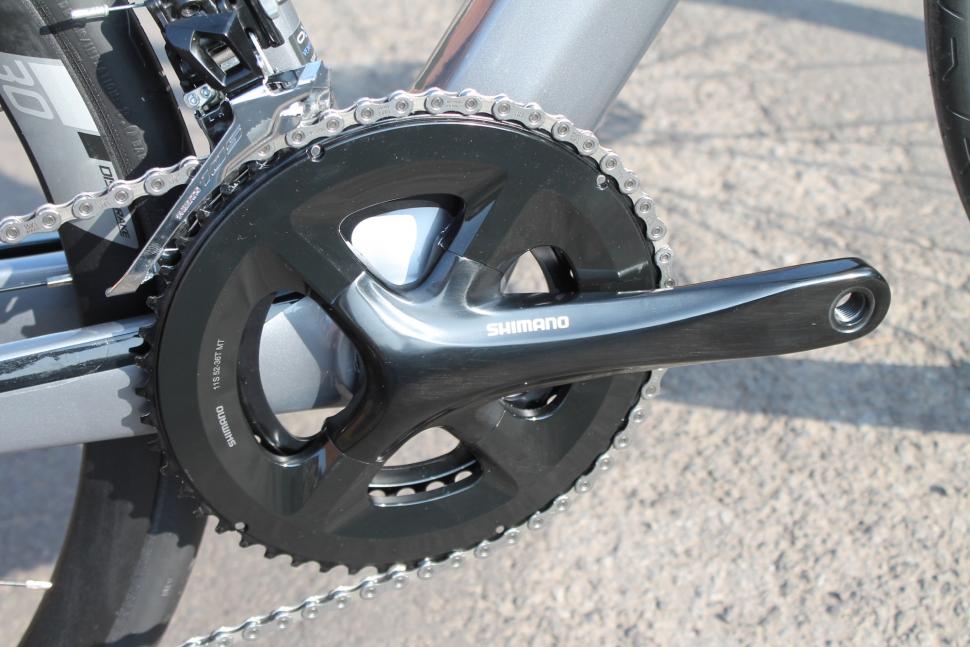

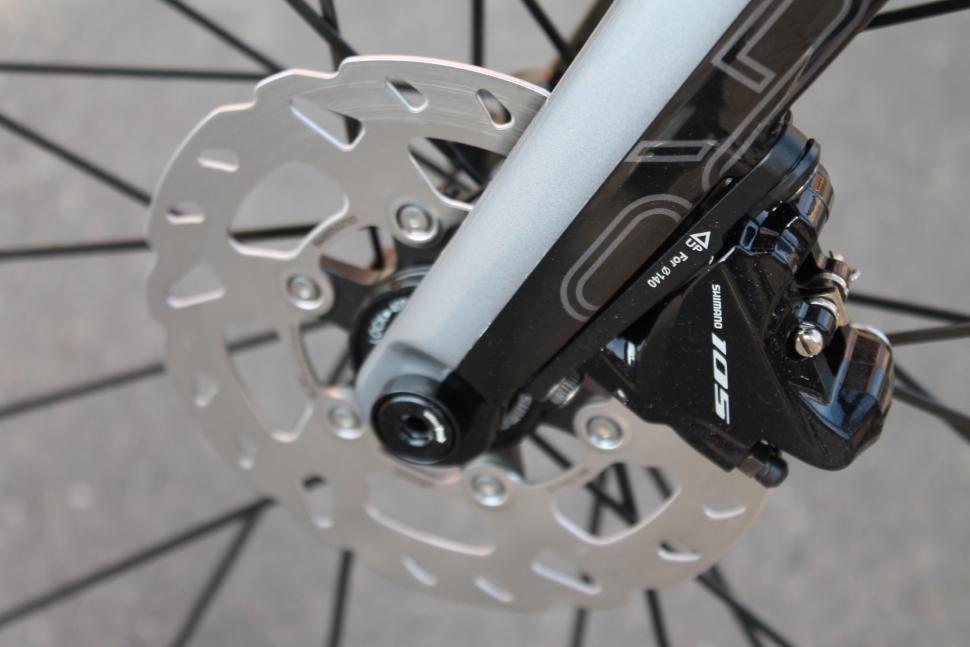
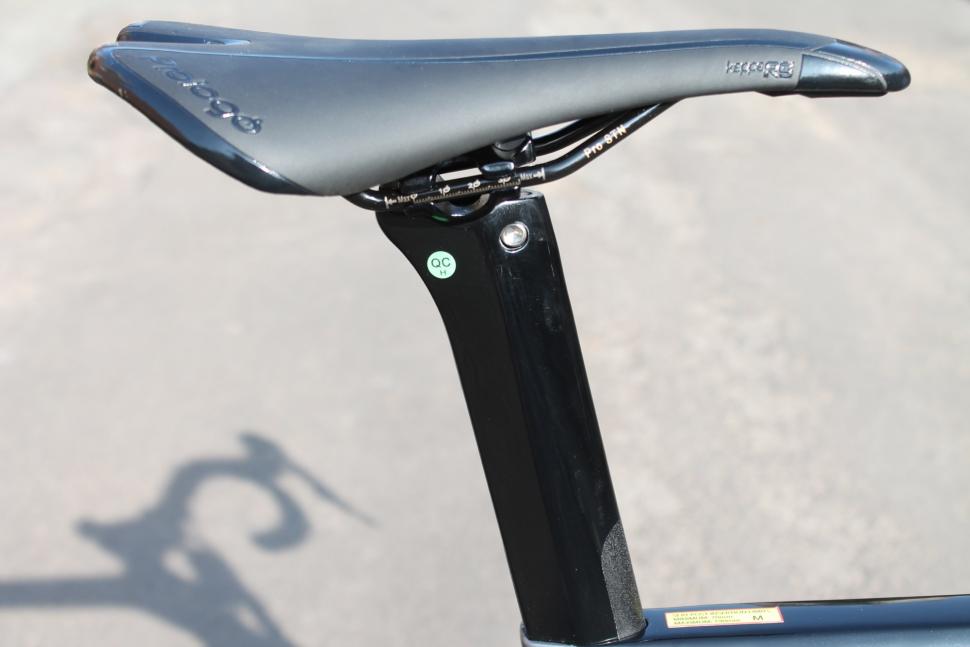
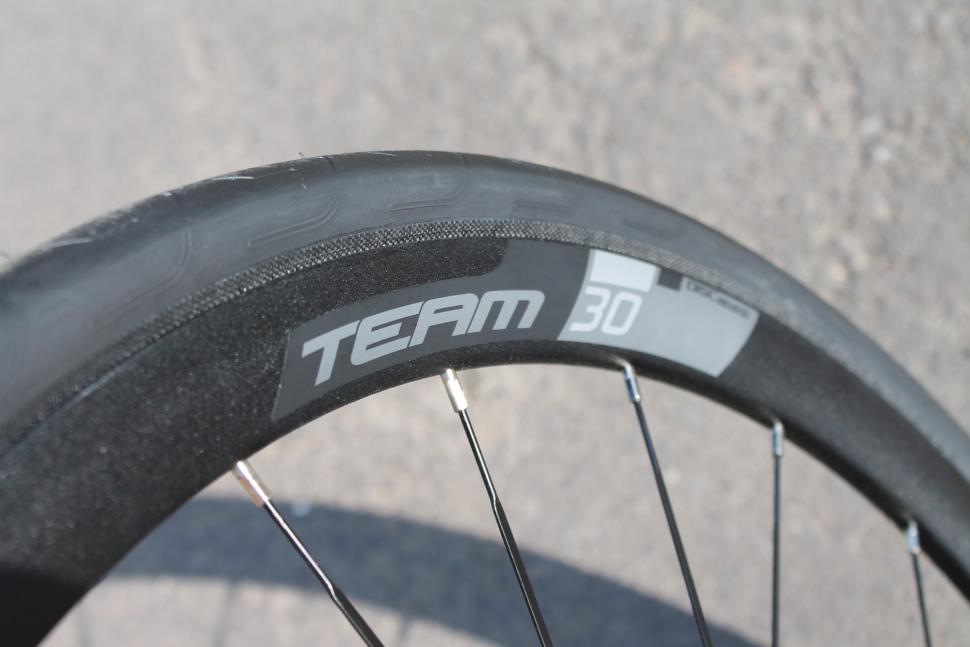



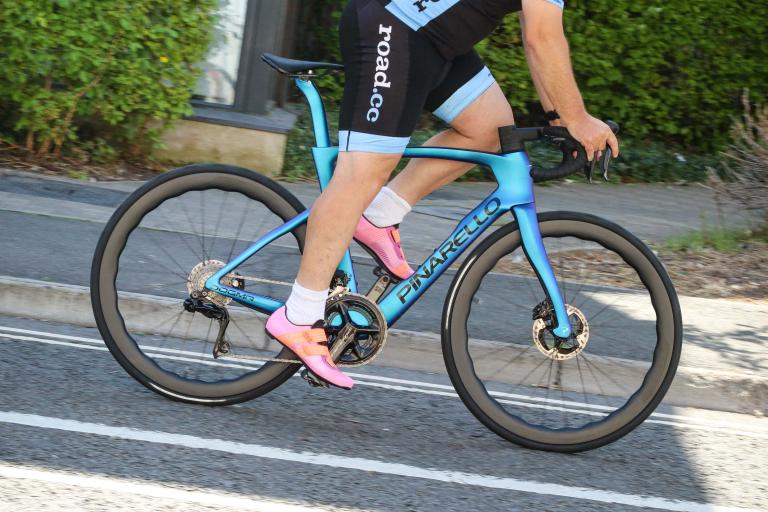
This would be the Trump who - while currently resident in Washington DC - is legally a resident of Florida, after leaving New York because too many...
Mechanical shifters are recharged by eating food as you ride. Just saying....
Wattbike must have suffered from the rise of the cheaper gyms that are probably less likely to buy higher-end static bikes and go with cheaper spin...
"covering 13,000km over seven days" - that would be QUITE a pace. It should read 1,300 km.
“They (the police or witnesses?) said it was Waugh's car that had veered towards Mr Morris..." Why prosecute a human for the actions of the car?
For a typical garage thief, I'd imagine that the ordinary has been sold off for scrap by now…
Looks like they just painted a clay mould... The actual frame has been tossed in the bins at their workshop.
Are they least acceptable when unlicenced or unlicensed though?
Here in NL a lot of the bike shops use a ceiling mounted hoist to lift bikes rather than workstands. Not surprising, some bikes like the transport...
Well the entry-level requirement of their job is that they persuade everyone * they're great. Or at least better than the other options......